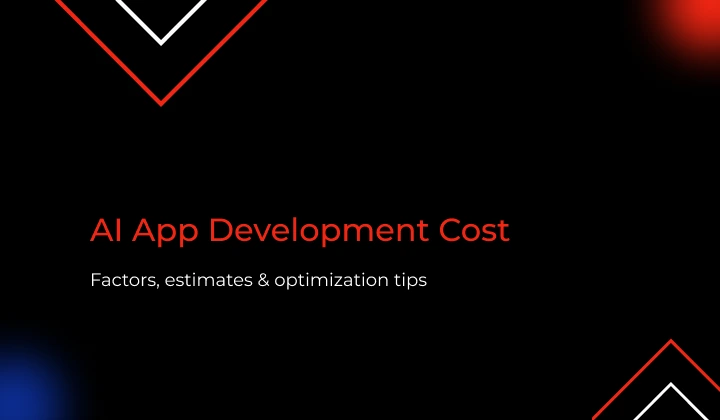The Signs Your Neural Network Is Too Complex
1. Overfitting: The Number One Red Flag
If you’ve been playing around with neural networks, you’ve probably heard of overfitting. It happens when your model does a killer job on the training data, but as soon as you test it on new data, it crumbles.
The reason? Your model has learned too much, like memorizing the answers instead of understanding the concepts.
Here’s how you know it’s happening:
✅ Your training accuracy is through the roof, but your validation accuracy is in the dumps.
✅ The gap between the two keeps growing, and tweaking parameters doesn’t help much.
2. Diminishing Returns on Performance
Let’s say you add more layers to your network, hoping for a jump in performance. After a few tweaks, you notice something strange — your accuracy isn’t getting any better.
This is what we call diminishing returns.
You’re throwing more resources into the model, but it’s not delivering the expected gains. At this point, you’ve probably hit the complexity ceiling, where extra layers or neurons aren’t helping.
3. High Variance in Predictions
If your model is all over the place with its predictions, that’s another clue it might be too complex.
You’ll notice this when slight changes in input data create wild variations in output. This instability is a symptom of a model that’s become overly sensitive to the data it’s training on — another way of saying it’s just too complicated.
4. Long Training Times with Little Benefit
If your model is taking ages to train but you’re not seeing proportional performance improvements, that’s a flashing sign of excessive complexity.
While neural networks are known to be computationally expensive, a smart model should strike a balance between training time and accuracy gains.
If your model feels like it’s in a never-ending loop of training, it might be time to simplify.




 13 mins
13 mins











 Talk to Our
Consultants
Talk to Our
Consultants Chat with
Our Experts
Chat with
Our Experts Write us
an Email
Write us
an Email







